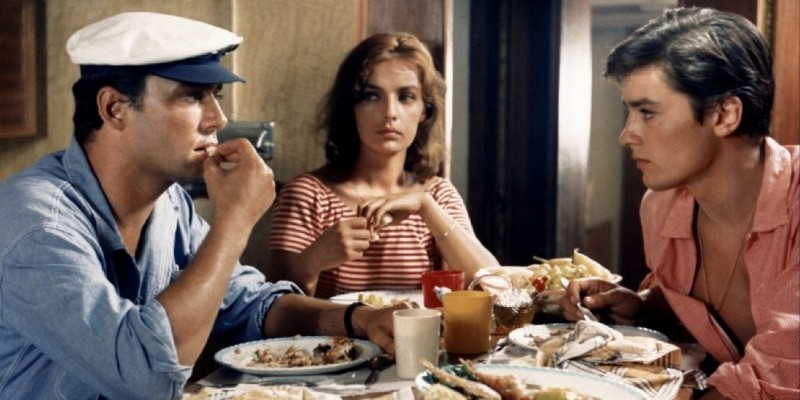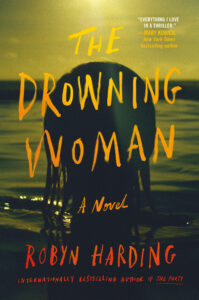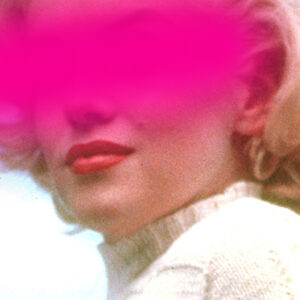“Opposites attract” is a romantic adage that translates into numerous languages, exists in many cultures, and, thanks to an incredibly catchy Paula Abdul song, is well-known to anyone who was alive in the late Eighties. We all know pairings that seem too different to work: the extrovert and the introvert; the child of privilege and their working-class partner; the archetypal beauty and the beast. But when we remove pheromones and physical attraction from the equation, are we still drawn to those who are so different from us?
Science tells us that people usually choose friends who share their interests, values, and world views. But many of us have companions with different cultural or socioeconomic backgrounds, who are from different generations, or have careers, hobbies, or interests far different than our own. In real life, these disparities may lead to rich and interesting friendships. In crime fiction, they often result in tension, strife, and even violence.
I love exploring the complexities of female friendships in my novels. But I’ve never written such an unlikely duo as the pair featured in The Drowning Woman. While one character is a homeless woman forced to live in her car, the other is a wealthy society wife, shuttered in a seaside mansion by an abusive husband. Could two women from such disparate circumstances form a true friendship? Could they trust each other? Or is it all a ruse?
From classics to modern bestsellers, crime fiction has no shortage of unlikely platonic pairings. Here are seven of my favorites.
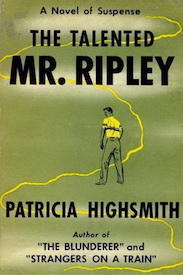
The Talented Mr. Ripley, by Patricia Highsmith
Tom Ripley has become an archetype of the charming, ambitious sociopath. In Highsmith’s novel, Tom is an insecure young man from a broken and abusive home. With no money or possessions of his own, Tom’s friendship with wealthy playboy Dickie Greenleaf soon moves from aspiration to obsession. When Dickie’s father sends Tom to Italy to bring Dickie home, things take a deadly turn. Skip the Matt Damon/Jude Law film adaptation and watch the French film, Purple Noon instead. It’s a sinister and stylish trip to 1960s Europe.

Razorblade Tears, by S.A. Cosby
Ike Randolph is an ex-con, a black man who has overcome his violent past to build a solid, middle-class life. Buddy Lee is a white alcoholic with a criminal history of his own. The two men have little in common besides the dark chapters they’ve put behind them, and the fact that their sons – who were married to each other – have been murdered. This action thriller sees an unlikely friendship form between the two men as they seek to find out who committed the heinous slayings and exact their vengeance. As bullets fly and blood is spilled, the pair must grapple with personal and societal issues like homophobia, racism, and their shortcomings as fathers.
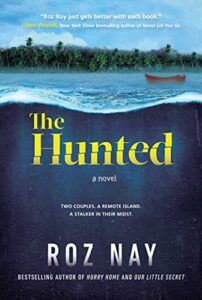
The Hunted, by Roz Nay
Reticent and damaged Stevie Erickson agrees to accompany her long-term boyfriend, Josh, to a dive camp in Africa where he has found a job. Overwhelmed by the exotic locale, Stevie is delighted when the couple meets Leo and Tamsin, a pair of seasoned and dashing European travelers. Stevie and Josh are entranced, delighted to bask in the glow of their new friends’ confidence and charisma. But a flirtation soon complicates things, and past truths surface, exposing a killer amongst them. And Stevie just might be the next victim.

The Other Passenger, by Louise Candlish
The friends in this sizzling page-turner meet on their idyllic riverboat commute to work. Jamie, is a gen Xer, happily married and living in a beautiful home, a gift from his wife’s wealthy parents. The titular other passenger is Kit, a hedonistic millennial, struggling to get ahead with his failed actress wife, Melia. Despite differing values and simmering jealousies, a friendship develops… until one day, Kit doesn’t show up for his commute. And the police want to talk to Jamie.

Notes on a Scandal: (What Was She Thinking?), by Zoë Heller
In the film version of this brilliant meta book, the unlikely friends are played by Cate Blanchett and Judy Dench. The casting alone tells you that this pair are unlikely besties. But when beautiful new art teacher, Sheba, embarks on an illicit affair with an underage student, she confides in veteran teacher Barbara Covett. Lonely and jealous, Barbara begins to write an account of the scandal, and her dark, obsessive motives soon become clear. Both the novel and the film are brilliant.
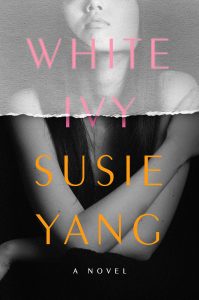
White Ivy, by Susie Yang
As a young girl growing up outside of Boston, Ivy Lin’s immigrant grandmother teaches her to steal. This affords Ivy the trappings of the cool suburban teen life she covets and captures the attention of wealthy, golden-boy Gideon Spyer. But when Ivy is sent to live with an aunt in China, the young romance is nipped in the bud. Years later, Ivy bumps into Gideon’s sister, Sylvia Spyer, and uses that friendship to reconnect with Gideon, and insert herself into their privileged orbit. But a ghost from the past appears in Sylvia’s boyfriend, Roux, who could destroy all Ivy has worked for.

An Unthinkable Thing, by Nicole Lundrigan
In this gothic thriller, eleven-year-old Tommie Ware is living happily with his aunt while his mother works as a live-in maid for the wealthy Henneberry family. When his aunt is brutally murdered, Tommie must move into the sprawling mansion with his mother and her enigmatic employers. There, he befriends Martin, the fifteen-year-old scion of the family. Much to Tommie’s confusion, Martin vacillates between acting as a kind big brother and a sadistic bully. The twisted games escalate until young Tommie is accused of a horrific crime.
***

